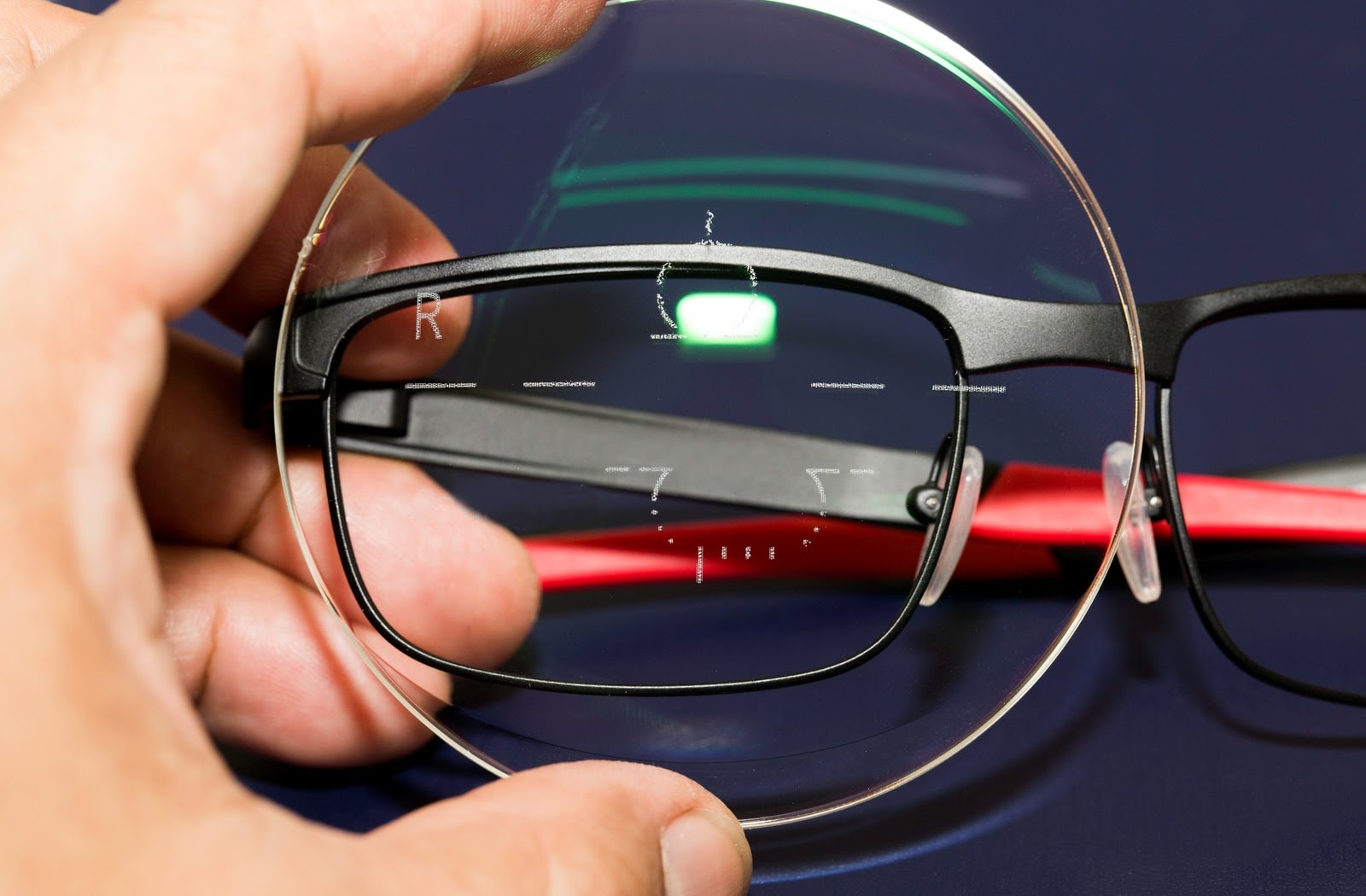When are you due for your regular eye exam? If you’re struggling with a refractive error, your optometrist may recommend progressive lenses, but how do you know what kind you need?
There are many varieties of these lenses and each serves a specific need. Learn more about the different types of progressive lenses below.
What are Progressive Lenses?
What separates progressive lenses from your standard eyeglasses? Regular eyeglasses are usually single-vision lenses with one prescription. Progressive lenses are multifocal with three prescriptions in a pair of eyeglasses. They’re a three-for-one combo in eyewear.
Multifocal lenses let you see comfortably at different distances. They allow you to see close, near, or far without changing your glasses. There are other kinds of multifocal lenses like bifocals and trifocals, but progressive lenses differ because of their smooth transition between prescriptions
Bifocals and trifocals work similarly to progressive lenses and feature either two or three prescriptions in a pair of glasses. These lenses have definitive lines separating the prescriptions. Progressive lenses don’t use these lines and allow you to easily transition between prescriptions.
How Do You Know If You Need Progressive Lenses?
Progressive lenses are typically worn by people affected by presbyopia. This condition is typical in adults over 40 and affects your ability to focus on nearby objects. Your optometrist can recommend progressive lenses suitable for you.
Types of Progressive Lenses
Fit is the most important aspect of progressive lenses. Your glasses need to feel right and function well for your needs. There are several different types of progressive lenses, including:
- Computer progressive lenses
- Premium progressive lenses
- Ground-view progressive lenses
- Standard progressive lenses
- Short corridor progressive lenses
- Transition progressive lenses
Computer Progressive Lenses
Computer progressive lenses (or near variable focus lenses) are designed for clear vision in office settings. These lenses are ideal when using the computer for over 4 hours per day and help to reduce visual fatigue (digital eye strain).
These lenses are intended for indoor use and should not be worn over your regular glasses. The downside to this is it requires you to have two separate pairs of eyeglasses.
Think of computer progressive lenses as niche eyewear; they serve a purpose and relieve discomfort, but they won’t replace your regular glasses.
Premium Progressive Lenses
Premium progressive lenses are designed to provide a wider and smoother view. These lenses are highly customizable for your prescription, chosen frame, and eye anatomy.
Premium progressive lenses typically incorporate your dominant eye into the design. The lenses make transitioning between different prescriptions feel smoother as well. The cost of premium progressives lenses is high because of these features.
Ground-View Progressive Lenses
Ground-view progressives are suited for people who enjoy the outdoors. These lenses are supposed to provide a natural feel to your vision and reduce lens distortion.
Ground-view progressives allow better vision through the sides and bottom of the lens. This gives you improved vision when driving, using computers, and looking downward.

Standard Progressive Lenses
Standard progressive lenses are exactly what they sound like, regular progressive lenses. They provide a wide reading area but are less specialized than other lenses.
Standard progressives typically have a longer drop between prescriptions and require larger frames.
Short Corridor Progressive Lenses
Short corridor progressives are designed to fit into small frames. They trade practicality for a more fashionable look.
Some have difficulty transitioning to short corridor progressives because of the lens size. Vision can feel more distorted at times because of this.
Transition Progressive Lenses
Transitional progressive lenses are not an official type of progressive lens. Transitions are a brand of photochromic lenses. These lenses darken when exposed to ultraviolet (UV) light to provide shade for your eyes. They operate as a useful alternative to sunglasses.
It can be difficult to adjust to new glasses no matter the type of progressive lens you choose. There are tips to help you feel comfortable with your new pair of glasses.
Tips for Using Progressive Lenses
Some tips for new progressive lens users include:
Having Your Lenses Properly Fitted
Your optometry clinic will guide you through this process to ensure your eyeglasses feel comfortable and are properly centred over your eyes. Your eyes can have trouble adapting if the lenses are poorly fitted.
Giving Yourself Time
Take at least two weeks to adjust to your new lenses. Some people need over a month to adapt. If you still haven’t adapted after this period, contact your optometry office.
Understanding What Your Lenses Are For
This is a simple but important tip. Speak with your optometrist and understand how your progressive lenses are helping you.
Breaking Your New Glasses In
Wear your new glasses as often as possible and refrain from using your old pair. Your old glasses might feel more comfortable, but only wearing your progressive lenses will help you adjust faster.
Visit Your Optometrist in SW Calgary for Progressive Lenses
Whether you’re experiencing vision issues or need to update your prescription, your optometrist is here to help. If you’re interested or curious about progressive lenses, visit Eye Effects today! We’re located in SW Calgary near Strathcona Park.


